Georgia deer hunters and property owners are saying that they are seeing less deer than they once did and that the population isn’t what it was 10 or 15 years ago.
While there is no hard-and-fast method to determining the exact number of deer in a given county, much less an entire state, current population estimates are coming in at just over 1 million animals across Georgia. Ultimately, the issue does not lie within the actual population density statewide; instead, the habitat quality in a particular area limits the number of deer hunters may see.
Aside from planting food plots, deer hunters give little thought to the overall habitat of the animals they are pursuing.
A habitat is an area with all of the combinations of resources — food, water and cover — and environmental conditions that promote the occupancy of a species and allow that species to thrive and reproduce. It is important to realize that just because an animal is using a given area does not mean the conditions in that area will permit long-term survival of that species.
In order to increase an area’s ability to attract, hold and provide long-term resources, hunters and land managers must first identify the “lowest hole in the bucket.” This analogy is used to compare an ecosystem to a bucket with holes in it. Nothing can be added to the bucket until the lowest hole is plugged.
In the case of habitat management, this means identifying the limiting factors that prevent a given area from being a quality habitat for the species for which it is being managed. Limiting factors are often related to food, water and territory availability. To determine the requirements necessary for a given species, managers often turn to a habitat suitability index (HSI). An HSI provides a list of what is needed for a given species and offers techniques to obtain quantifiable measurements of each of the habitat components necessary for that species.
It is essential to realize that oversupplying one of the components necessary for a quality habitat ultimately robs from another. It is important to consider all of the habitat needs of the species being managed and to meet those needs according to the HSI.
Many hunters and land managers manage 100 acres of property or less. Depending on the species that is being managed, this amount of property could be considered small. In this situation, the land manager has to consider the surrounding properties.
For instance, if the property being managed is surrounded by corn or soybean fields, it would not be beneficial for the landowner to spend time and money planting food plots. In this case, it would not be the lowest hole in the bucket and would ultimately take away from the cover aspect of the habitat requirements.
The lowest-hole-in-the-bucket concept is a broad-spectrum outlook of wildlife habitat management. There are many considerations to be made in the management field.

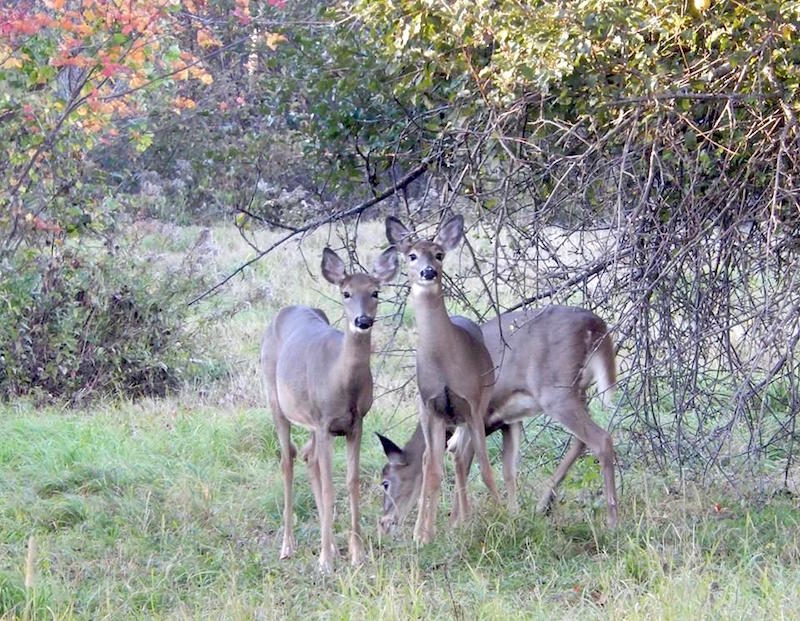
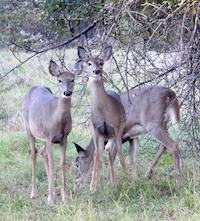
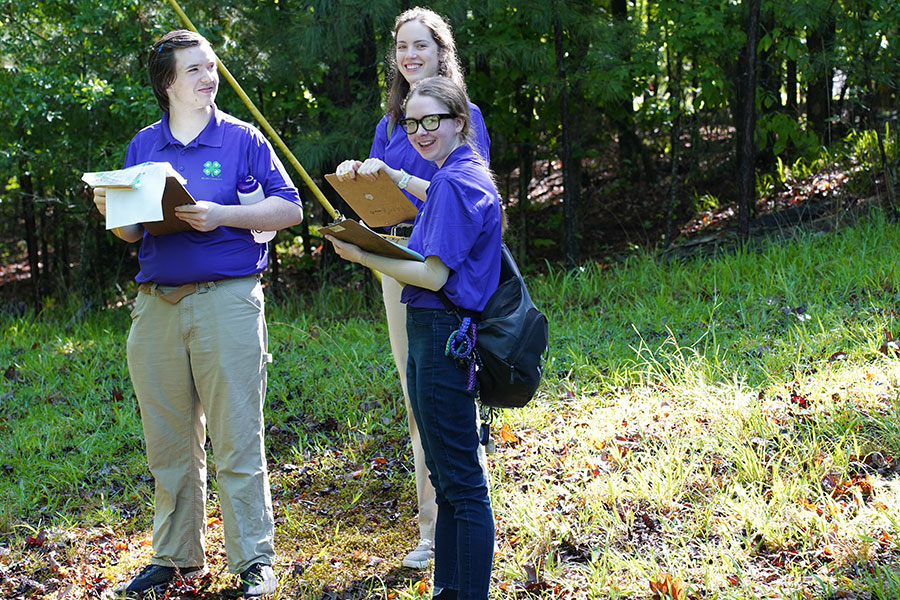
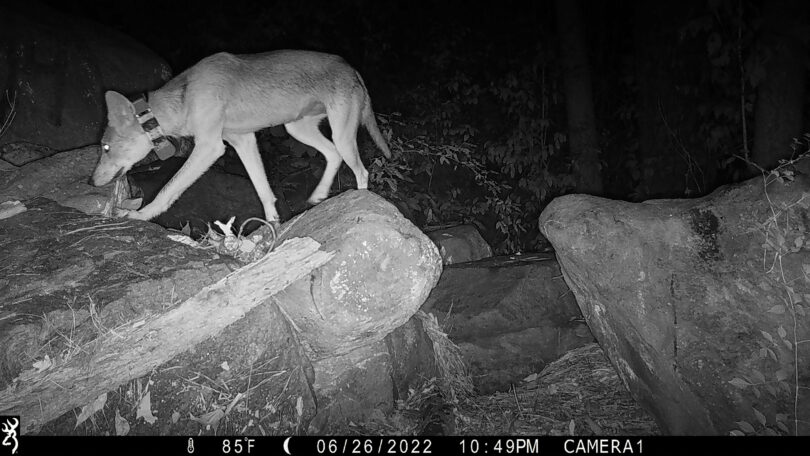
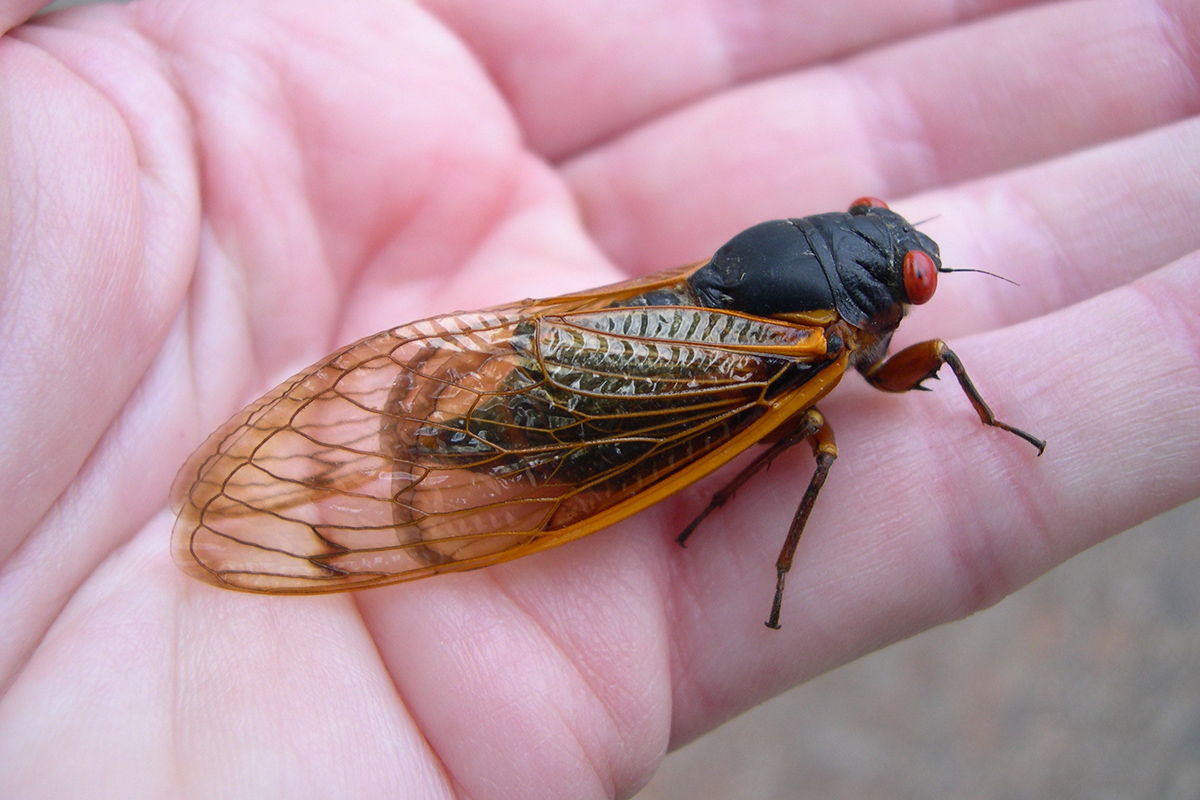
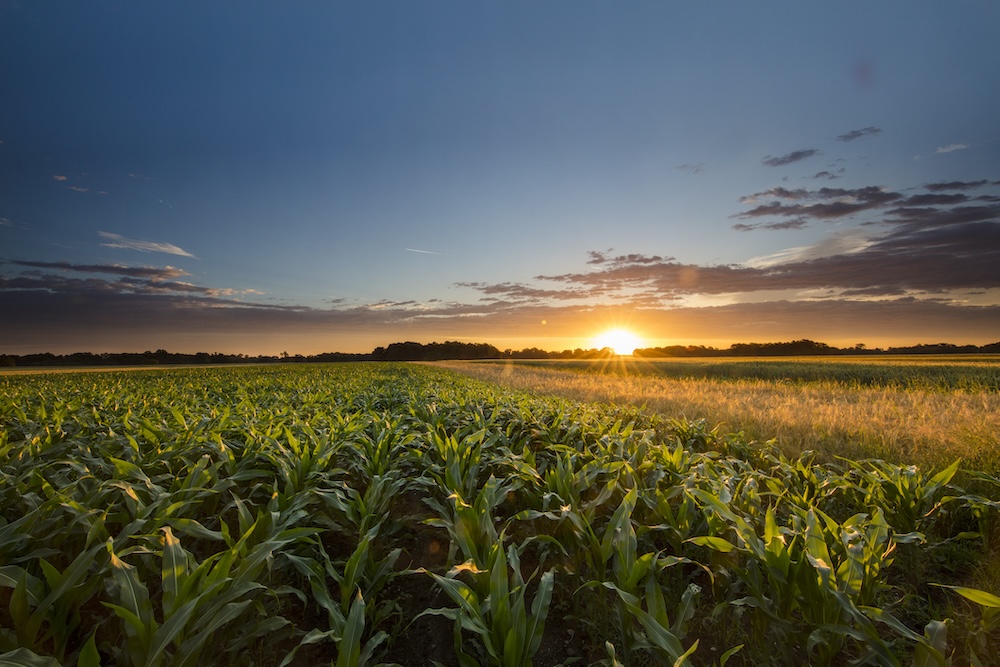
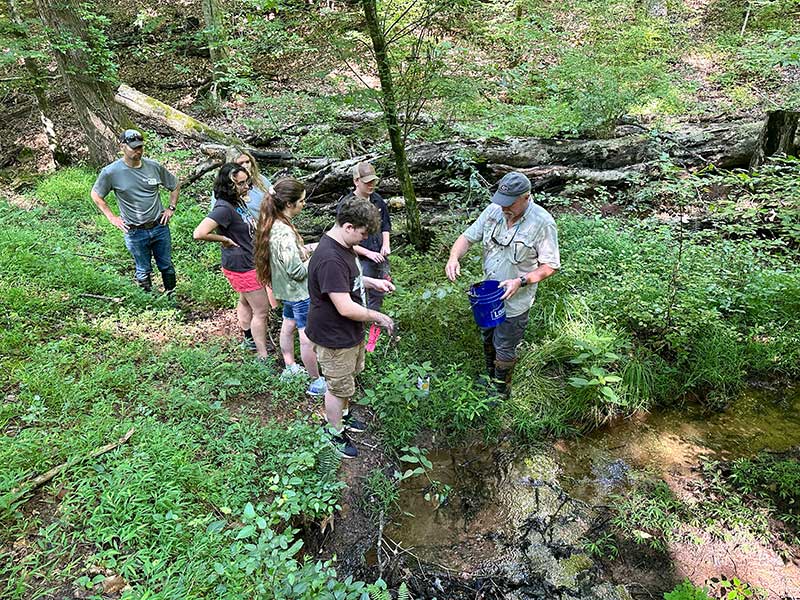
.jpeg)